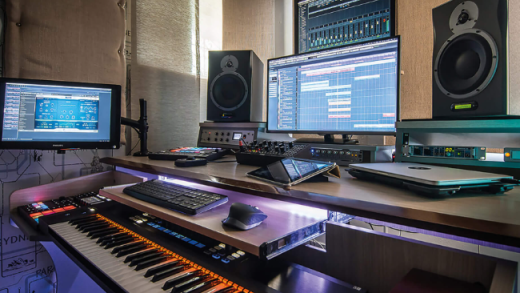In the world of technology and gaming, the term “FPS” (Frames Per Second) holds significant importance. It refers to the number of individual images or frames displayed per second in a video or game. Many people believe that a higher FPS automatically translates to better quality, but is this notion accurate? In this article, we will delve into the intricacies of FPS and explore whether higher FPS truly means better quality. Let’s uncover the truth behind this widely debated topic.
1. Understanding Frames Per Second (FPS):
To comprehend the relationship between FPS and quality, it’s crucial to grasp the concept of FPS itself. FPS determines the smoothness and fluidity of motion in a video or game. A higher FPS means more frames are displayed per second, resulting in smoother visuals. However, it’s important to note that FPS alone does not determine the overall quality of the content.
2. The Role of Hardware and Software:
While FPS plays a role in the visual experience, it is not the sole factor responsible for determining quality. The hardware and software components of a device or system also contribute significantly. High-quality graphics cards, processors, and optimized software are essential for delivering a superior visual experience, regardless of the FPS.
3. Context Matters:
The impact of FPS on quality varies depending on the context. In fast-paced action games, a higher FPS can provide a competitive advantage by reducing input lag and enhancing responsiveness. However, in certain genres like puzzle or strategy games, where motion is less critical, a lower FPS may not significantly affect the overall experience.
4. Display Technology:
The display technology used also influences the perception of quality. Higher FPS is more noticeable on displays with higher refresh rates, such as 120Hz or 240Hz monitors. These monitors can display the additional frames more effectively, resulting in a smoother and more immersive experience. On the other hand, on a standard 60Hz monitor, the difference between 60 FPS and 120 FPS may not be as pronounced.
5. Balancing Performance and Quality:
Achieving a higher FPS often requires sacrificing certain graphical settings or effects. This trade-off between performance and visual fidelity is a crucial consideration. While a higher FPS can enhance responsiveness, it may come at the cost of reduced graphical details. Finding the right balance between FPS and visual quality is essential to ensure an optimal gaming or viewing experience.
Conclusion:
In conclusion, while higher FPS can contribute to a smoother and more responsive experience, it does not guarantee better overall quality on its own. The hardware and software components, context, and display technology all play significant roles in determining the visual experience. It’s important to consider the specific requirements of the content and strike a balance between FPS and visual fidelity to achieve the best possible outcome. Understanding the nuances of FPS and its relationship with quality will empower users to make informed decisions and optimize their gaming or viewing experiences accordingly.


